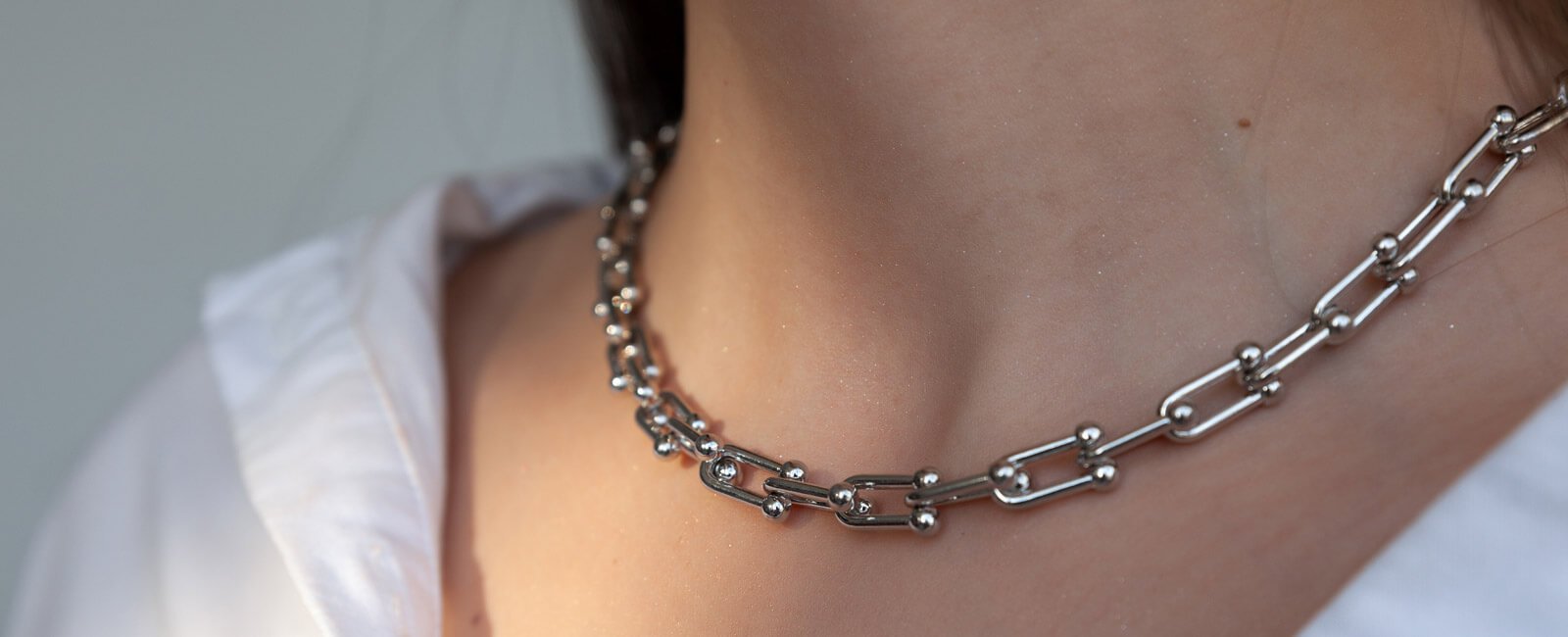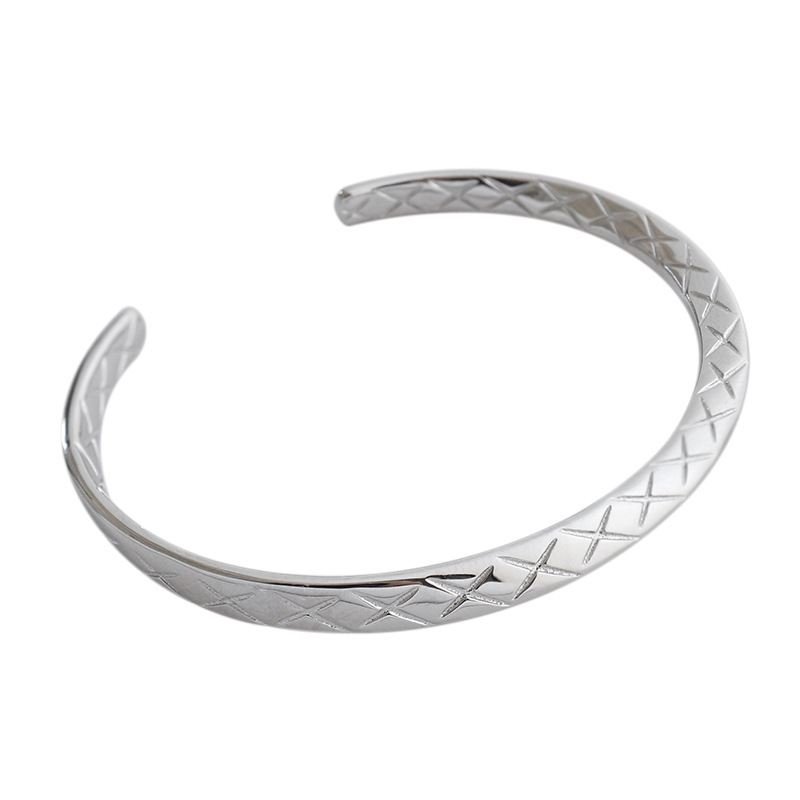Types of Silver
Silver is, arguably, one of the most classic materials available, with roots thought to go all the way back to 3000 BC. However, given its delicate appearance, and the soft, versatile nature of the metal itself, it’s easy enough to see why silver has enjoyed such incredible staying power over all these centuries. It’s likely due to these classic, adaptable traits that silver is used in so many forms to this day, both in homeware and in jewellery, and why it’s not likely to go anywhere anytime soon!
With so many different varieties of silver available, though, you’d be easily forgiven for finding the differences between various types of silver more than a little confusing – from buzzwords like ‘Fine Silver’ or ‘Sterling Silver’ to the strings of numbers and letters that can sometimes be found etched within the jewellery itself, knowing exactly what to look for when it comes to purchasing silver pieces is far from easy!
That’s why, today, we’re seeking to try and demystify some of the differences between the various types of silver available on the market, in the hopes that you’ll be able to select your next silver purchase confidently.
What are the different types of silver?
There are a huge range of different types of silver available on today’s market, and for good reason: pure, 100% silver is an incredibly soft material and quite malleable, so using it alone would, for the most part, be pretty impractical. This, then, is the reason that pure silver is usually either mixed or alloyed with another metal, most often copper, to make it into a slightly more durable metal.
It’s this combination of silver with various other metals that actually makes for the different types of silver you’ll notice when you’re looking at your collection; these are called silver grades.
What do the different silver grades mean?
Simply put, silver ‘grading’ refers to the amount of pure silver used in any jewellery or objects; Fine Silver, for example, uses 99.9% pure silver, and therefore has a grade of 999, whereas the more commonly used Sterling Silver has 92.5% pure silver content (with the remainder being made up of 7.5% copper), and has a grade of 925, accordingly. This grading goes all the way down to so-called ‘Coin Silver’, which can contain around 75% silver, and has the appropriate grade of…you guessed it, 750!
Whilst copper is the most common metal used alongside pure silver, metals like nickel and zinc are also relatively common, which is why only Fine Silver is considered to be completely hypoallergenic, as some people can have reactions to zinc and nickel in jewellery.
It’s also worth noting, here, that, in jewellery in particular, silver plating can be used in place of actual silver; this is when an incredibly thin layer of silver is used to coat a less refined metal, giving the appearance of silver but with very little silver content. This can lead to the silver rubbing off and leaving marks on your skin, so if this is something you notice with your jewellery, chances are it might be silver plated!
How can I tell the difference between types of silver?
The easiest way to tell the difference between all the different types of silver available is usually by checking the hallmark on a piece of silver or any silver jewellery that you own; this is the small series of numbers and letters you may have spotted etched into your pieces, which are used to indicate the type of silver that’s been used in that particular item.
Typically speaking, a hallmark should contain three components which ought to tell you a little more about the piece itself: firstly, you should be able to see three letters in a rectangular box, which are used to identify the maker of the piece itself; secondly, a three digit number in a small oval, which is the silver’s ‘grade’, which we mentioned above, and describes the actual amount of silver content in the piece; finally, the third part of this hallmark should be a small symbol within a square, which is used by the assay office that has actually checked and stamped the hallmark in place, therefore guaranteeing its authenticity.
We hope you’ve found this piece on exactly what the differences are between various types of silver useful, and that it’s helpful when you’re next thinking of making a purchase – whether it’s jewellery or homeware, it’s important to know exactly which kind of silver you’re purchasing!







